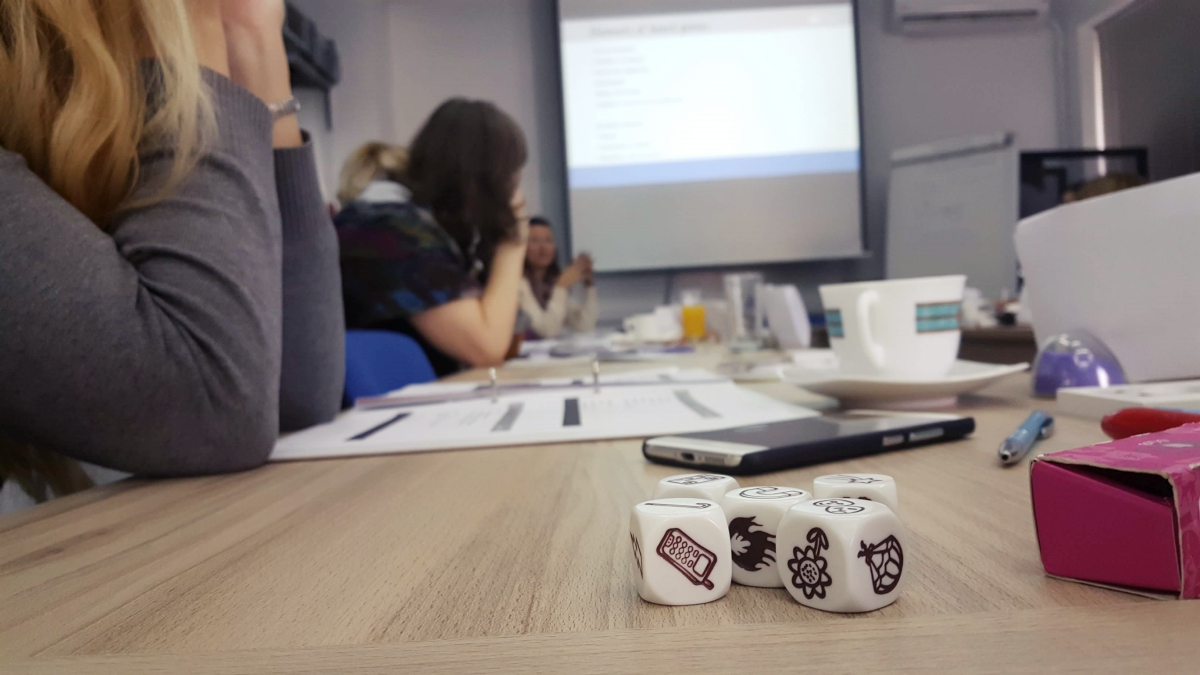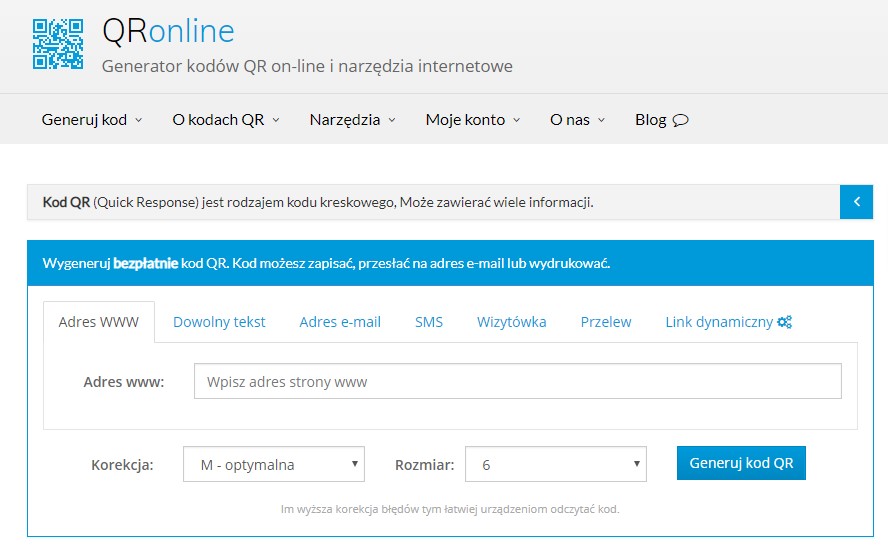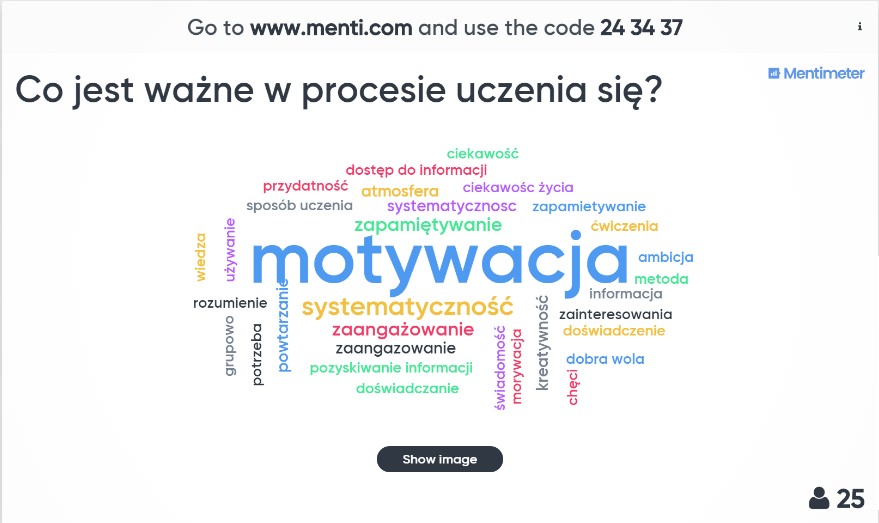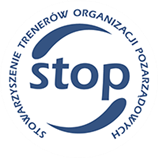
The translation of the article was created as part of the “Skrzydła dla STOP” project carried out by the Polish NGO Trainers’ Association (STOP) financed by the NIW-CRSO as part of the The Civil Society Organisations Development Programme for 2018-2030 PROO.
Using games in education
In Pirineus in November 2018, 8 trainers cooperating with Non-Governmental Organizations in Poland, Portugal, Latvia, and Namibia took part in 5-day training “Game-based learning” organized by IDEC. Our trainers, Anna Jarzębska and Grzegorz Idziak, attended this course as part of a project Competent NGO Trainers on the European market co-financed by the European Union under the European Social Fund, Operational Programme Knowledge Education Development on the principles of Erasmus+ (Adult education sector). We invite you to read what they have learned during the course.

Training in Greece
Games, games, and even more games
The training program was complex – it covered the topic of using different types of games in education, also within the context of working at school with children and teenagers. We learned basic game classification, rules of using games in education, and spent a lot of time deepening understanding of the role-playing methodology. We’ve learned about several new mobile apps and services which offer useful games and tools for training purposes. What is more, we designed our own games, and we had a chance to play exciting board games!
What game is and what is not
A game can be defined in various ways. As much as it can mean a spontaneous activity bringing joy and relaxation, it can also be described as organized action with specific educational goals. It is worth underlying those two paradoxical combinations:
- Freedom and limitations: we associate games with playful activities, which children organize at a particular time and place and voluntarily participate in them. Simultaneously, these games have a fixed set of rules, accepted by everyone (they can be changed – depending on participants’ decision).
- Imagination and reality: games are based on reality, real characters, situations, environment, and places, but this reality is recreated in the game – through imagined the fictional world participants learn how to find themselves and function in the real world.
Among game types and functions we can distinguish:
- sensory – motoric games – based on working with senses and movement,
- playing make-belief – imitating the real world,
- discovery games – based on discovering something, learning connections between things,
- physical games – practising mobility, speed, and reflex (e.g. playing tag)
- operational games – they aim to finish a particular task (e.g. building a sandcastle)
- boardgames – activities involving boards, cards, and game pawns,
- role play – based on getting into a specific character,
- rough and tumble – activities for children involving close physical contact such as wrestling or rolling over on the floor.
Through using games in education we can develop:
- knowledge (facts),
- cognitive skills (understanding, problem-solving),
- social skills (cooperation, competition, leadership),
- attitudes (empathy, compliance with the rules, risk-taking),
- physical mobility (coordination, flexibility, strength).
Role-playing
A widespread educational technique is role-playing. It can be used with children, teenagers, and adults. The benefits of using this method are:
- simulation of reality – introducing an element of familiar context to the information we want participants to acquire, connecting knowledge with direct experience, experimenting in safe training space,
- motivation – increasing motivation for acquiring knowledge achieved by a bigger emphasis on finding a solution to a problem than through e.g. writing an essay.
- critical thinking – the necessity to analyze other people behaviours to be able to react to them, connecting theoretical and practical knowledge,
- making a decision and expressing opinions – the iportance of taking actions, taking part in the discussion, as well as learning the consequences of our actions and statements we make (e.g. by observing others reactions),
- interdisciplinary – a necessity to connect participants’ knowledge and skills from different areas,
- empathy – underlining the importance of different perspectives and points of views,
- social skills – building a sense of community and team-based learning.
New technologies
During the training, there was a strong emphasis on using new technologies in game-based education. We have learned about web pages and apps, which can be applied while working with children, teenagers, and adults. Portals and apps can be used for creating simulations. Here, you can find examples:
- PhET – interactive maths and science simulations,
- Kognito – creating conversations through role play,
- Go-Lab – a platform collecting information about research, experiments, and educational apps,
- GeoGuessr – a platform is using Google Street View photos to enable guessing locations.
- QR code generator – simple QR code generator. You can also use it to scan code via webcam.
- QR code scanners are intended to be used on mobile devices – the apps use their photo cameras to read the codes. You can easily find them in all App stores such as Google Play (for Androids) or App Store (for Apple devices)
During the educational process QR codes, known from product packaging, can prove themselves to be useful. Thanks to free QR code generators online you can create your codes, which lead to task descriptions, www link, ready-to-send text message, or geolocation. QR code scanner apps allow displaying whatever information was attached to the QR code on the smartphone, tablet, or computer screen.
Here are examples of such apps:

Apps creating quizzes can also be a great support in an educational process. Kahoot or Quizizz are designed to help create your interactive quiz, or you can use their templates or quizzes prepared and shared by other users. Participants can solve the quiz using smartphones, tablets, or laptops, and they can continuously see the results. A quiz can be set as a team competition or an individual challenge.
 On Mentimeter web page we will find attractive solutions for collecting opinions. We can use it to prepare slides with questions for participants, to which they respond using their mobile devices. All the answers are visible in the trainer’s panel and can be shown to the participants. The results can be presented in various forms, e.g. as a word cloud, a scale, a bar graph, or a distribution of points. It can be a tool used for quick training evaluation, collecting data, or participants’ opinions.
On Mentimeter web page we will find attractive solutions for collecting opinions. We can use it to prepare slides with questions for participants, to which they respond using their mobile devices. All the answers are visible in the trainer’s panel and can be shown to the participants. The results can be presented in various forms, e.g. as a word cloud, a scale, a bar graph, or a distribution of points. It can be a tool used for quick training evaluation, collecting data, or participants’ opinions.
During the training, there was time to test a couple of interesting board games. Some of them can be used in Adult Education. Apart from popular (also in Poland) Dixit cards, a game called “Code names” caught our attention. Both of them engage participants thanks to building associations, abstract thinking, and the power of observation.
This training helps us organize our knowledge about different types of games that can be used in education, learn useful internet tools, and design our games adjusted to our particular needs. The world of games is vast and we can constantly make it bigger. Let’s do it – let’s use games during our training!
Authors: Anna Jarzębska, Grzegorz Idziak
Polish version: Wykorzystanie gier w edukacji

